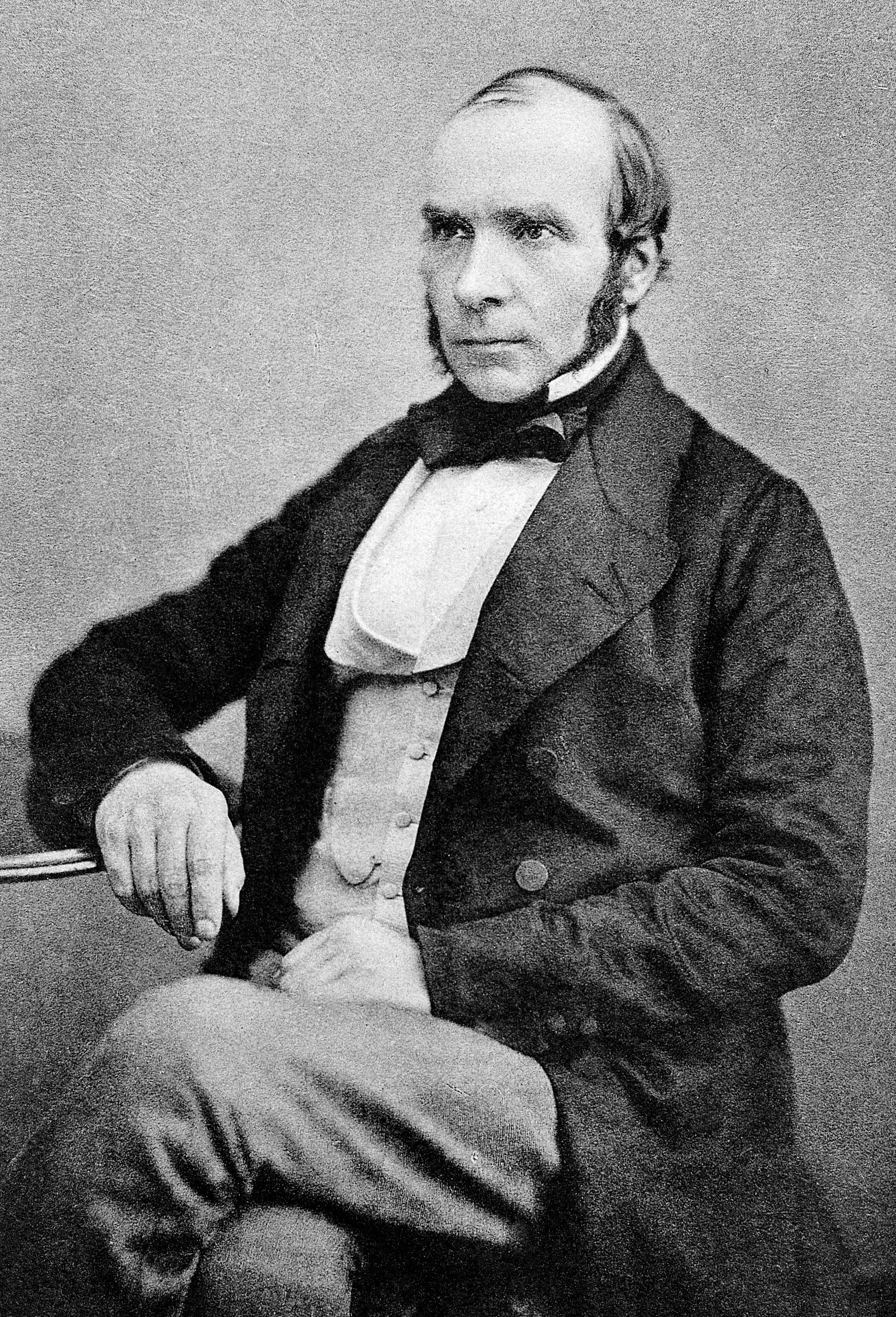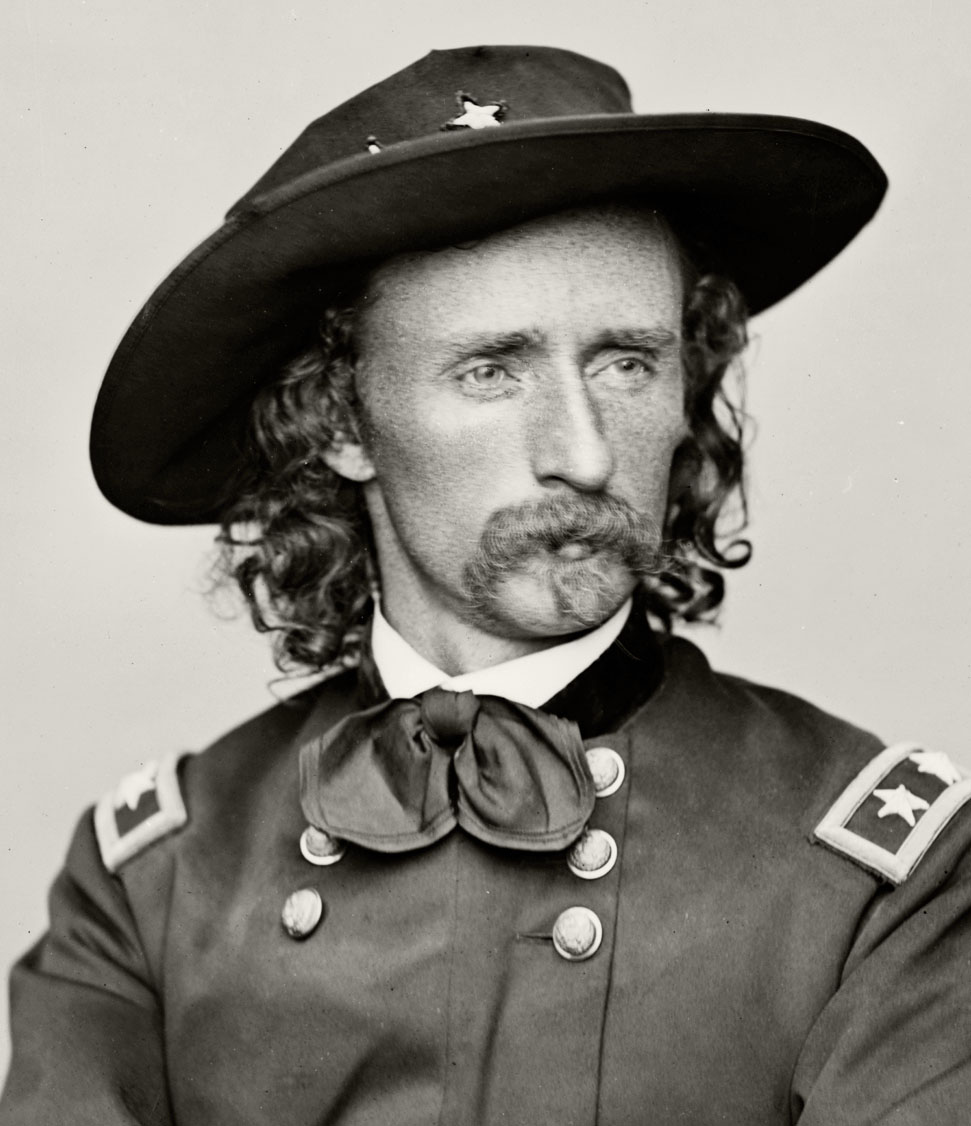It is also partly intended to show images, be they paintings, statues or photographs of the countenaces of men of yore. Because, quite frankly, many men wear the countenances of women these days: smiling, smirking, cooing, rolling their eyes, looking smug etc. It's a sign of the times, and by showing some images of men from the past, I hope to show some modern men why looking surly, frowning and giving hard-ball stares at people is something to do, something to practice.
 |
| Dr John Snow, 1856 (aged 43) |
John Snow (15 March 1813 – 16 June 1858) was an English physician and a leader in the adoption of anaesthesia and medical hygiene. He is considered to be one of the fathers of modern epidemiology, because of his work in tracing the source of a cholera outbreak in Soho, England, in 1854.Source: http://en.wikipedia.org/wiki/John_Snow_(physician)
Snow was born 15 March 1813 in York, England. He was the first of nine children born to William and Frances Snow in their North Street home. His neighbourhood was one of the poorest in the city and was always in danger of flooding because of its low proximity to the River Ouse. His father worked in the local coal yards, which were constantly replenished from the Yorkshire coalfields through the barges on the Ouse. Snow was baptised at the Anglican church of All Saints, North Street.
[..]
Snow was a sceptic of the then dominant miasma theory that stated that diseases such as cholera or the Black Death were caused by pollution or a noxious form of "bad air". The germ theory of disease had not yet been developed, so Snow did not understand the mechanism by which the disease was transmitted. His observation of the evidence led him to discount the theory of foul air.
[..]
Snow later used a dot map to illustrate the cluster of cholera cases around the pump. He also used statistics to illustrate the connection between the quality of the water source and cholera cases. He showed that the Southwark and Vauxhall Waterworks Company was taking water from sewage-polluted sections of the Thames and delivering the water to homes, leading to an increased incidence of cholera. Snow's study was a major event in the history of public health and geography. It is regarded as the founding event of the science of epidemiology.
Snow wrote:
On proceeding to the spot, I found that nearly all the deaths had taken place within a short distance of the [Broad Street] pump. There were only ten deaths in houses situated decidedly nearer to another street-pump. In five of these cases the families of the deceased persons informed me that they always sent to the pump in Broad Street, as they preferred the water to that of the pumps which were nearer. In three other cases, the deceased were children who went to school near the pump in Broad Street... With regard to the deaths occurring in the locality belonging to the pump, there were 61 instances in which I was informed that the deceased persons used to drink the pump water from Broad Street, either constantly or occasionally...
The result of the inquiry, then, is, that there has been no particular outbreak or prevalence of cholera in this part of London except among the persons who were in the habit of drinking the water of the above-mentioned pump well.
I had an interview with the Board of Guardians of St James's parish, on the evening of the 7th inst [Sept 7], and represented the above circumstances to them. In consequence of what I said, the handle of the pump was removed on the following day.—John Snow, letter to the editor of the Medical Times and Gazette
He followed the scientific method: do, observe, think, do.
Do - The precogntive 'hunch' based stage; 'Something's not quite right here.'
Observe - Use your sense organs to make observations of the environment over time, space and other elements.
Think - Make conclusions of the data based on the observations; i.e. find any patterns etc.
Do - Use the conclusions in a creative/proactive/constructive manner.
This method is (seemingly, to me at least) similar to one of the old Nordic Trinities, the Gods who gave man his various faculties:
'To the first human couple, Ask and Embla, Óðinn gave soul and life; Vili gave wit (intelligence) and sense of touch; and Vé gave countenance (appearance, facial expression), speech, hearing, and sight..' (http://en.wikipedia.org/wiki/Vili_and_V%C3%A9).
Check out some of the other entries from the 'Men of Yore' series:
Ludwig van Beethoven
Henry Ford
George Custer
[End.]


